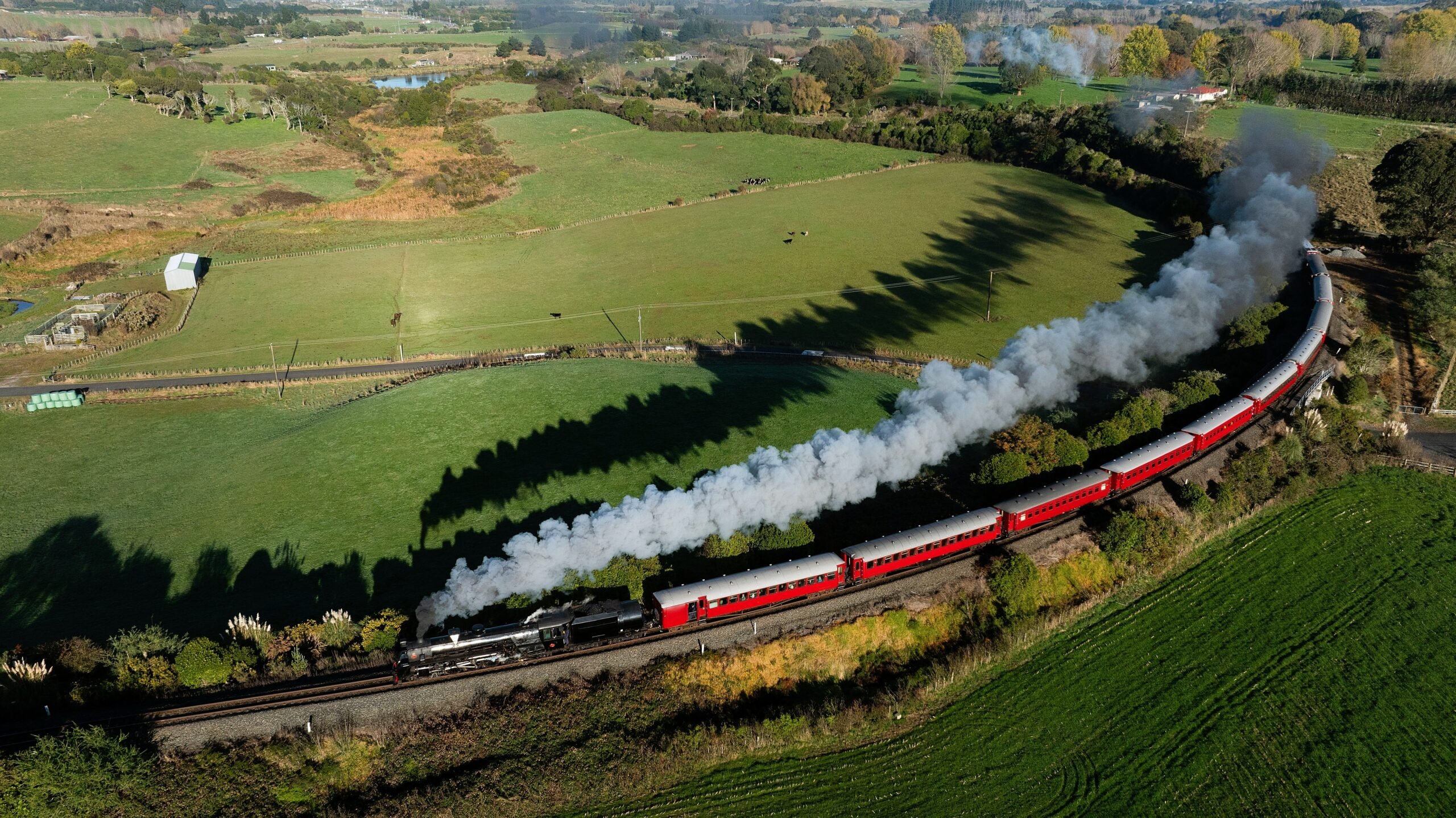
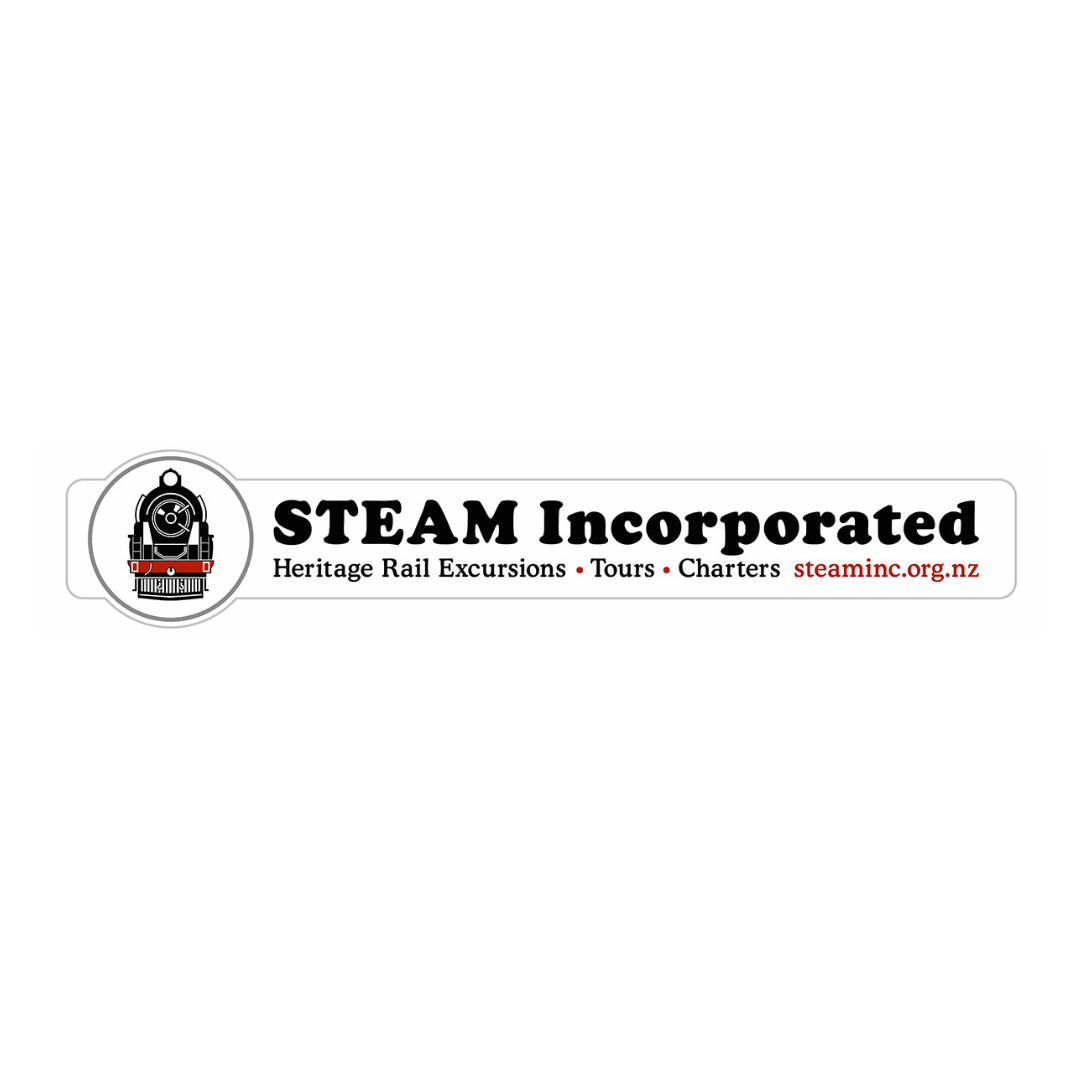
Step into a world where medieval cities meet modern elegance, where forested landscapes stretch beyond the horizon, and history whispers from every cobbled street. Forever on the crossroads of European culture and history, the Baltic states have tenaciously retained their own proud traditions, from the Vikings through to the powerful kingdoms of the Poles, Swedes and Russians. This wonderful fully-escorted 15-day adventure utilising local rail takes you on an exploration of the heart of Northern and Eastern Europe, teeming with stories, characters and wonder at every turn, beginning in the sleek, seaside capital of Helsinki and winding through the rich cultures of the Baltic States and into the soul of Poland. Each destination on this unforgettable tour offers a unique blend of past and present, tradition and transformation.
Upon your arrival in Helsinki, you’ll be met and transferred to our centrally-located hotel.
Our tour begins tonight at 6.00pm with welcome drinks in the hotel bar, followed by a celebratory welcome feast in a local restaurant.
Overnight: Hotel Lilla Roberts, Helsinki ( D)
This morning after breakfast, our local guide will take us on a city tour to see the sights of Helsinki, also known as “The Daughter of the Baltic Sea”. We’ll visit Senate Square, and the colorful Market Square by the sea at the end of Esplanade Park, where the sellers offer their fresh catch of the day. We’ll also visit the Sibelius Monument, the main railway station designed by famous Finnish architect Eliel Saarinen, and much more, before pausing for some lunch.
After lunch we head to the spectacular UNESCO World Heritage Suomenlinna fortress. Originally built by the Swedish in the mid-18th century as a maritime fortress to defend against Russian expansion, the fortress has served three different sovereignties – Swedish, Russian, and Finnish – and is now one of Finland’s most significant sites, blending rich history, scenic beauty, and local culture. It played key roles in conflicts like the Finnish War (1808–09) and the Crimean War (1850s) and is still home to a small Finnish naval academy and garrison. You’ll have time to visit the Suomenlinna Museum for a history of the fortress and its builders, the Vesikko Submarine – a WWII-era vessel open to visitors, and the Toy Museum, Military Museum, and customs barracks, which all showcase local life and military legacy. The site includes cafés, artisan shops, bakeries, and even a brewery for a bit of afternoon tea.
We’ll return to our hotel later in the afternoon where you can enjoy the rest of the day and evening to explore Helsinki at your own pace, or simply relax at the hotel.
Dinner tonight is at leisure.
Overnight: Hotel Lilla Roberts, Helsinki (B, L)
This morning after breakfast and check out, you’ll have some time at leisure before regrouping at the hotel around midday to transfer to the port for our ferry departure across the Gulf of Finland to Tallinn, the capital of Estonia.
Tallinn is a charming blend of medieval history, modern innovation, and natural beauty. It’s the cultural, political, and technological heart of Estonia — a small Baltic nation with a rich past and a bright, digital-savvy future.
Upon arrival we’ll be met by our local guide, who’ll take us on a short introductory tour of the city before checking into our centrally located hotel for some time to rest or explore the local square before gathering together for a short walk to enjoy a sumptuous dinner in a local restaurant.
Overnight: Nordic Hotel Forum, Tallinn (B, D)
This morning after breakfast we embark on an exciting tour of the medieval city of Tallinn, listed as a UNESCO World Heritage Site. With its fortified walls, centuries-old buildings with red tile roofs, hidden courtyards and winding cobblestone streets, Tallinn’s Old Town is considered to be the best-preserved medieval town in Northern Europe.
We’ll start by jumping on our private coach for the very short journey to the splendid Kadriorg Palace, one of Tallinn’s most elegant and historically significant landmarks. Built in 1718 after being commissioned by Peter the Great for his wife Catherine I (Kadriorg means “Catherine’s Valley”), and designed by Niccolò Michetti, a prominent Italian architect of the Russian court, it is a grand Baroque architectural design, rarely seen in the Baltic region. The palace now also houses the Kadriorg Art Museum, part of the Art Museum of Estonia, and focuses on foreign art from the 16th to 20th centuries, including Dutch, Italian, Russian, and German masters. The richly decorated Great Hall, with its painted ceiling and stucco work, is a highlight in itself. Sprawling landscaped gardens surround the palace — a blend of formal French-style gardens, ponds, flower beds, and walking paths – and the cafe serves up great coffee.
We’ll return to the old town and spend the rest of the morning on foot, starting in the upper city, travelling through history at every turn including stops at the ancient Toompea Castle, Alexander Nevsky Cathedral and the Cathedral of Saint Mary, also known as the Dome Church.
Toompea Castle was erected on the foundations of the crumbling eastern wing of the original fortress built on this site in the 13th and 14th centuries. The castle with its late Baroque façade was built between 1767 and 1773. Today the castle is home to the Riigikogu (the Estonian parliament). The blue, black and white of the national flag can be seen flying on top of the 45.6-metre Tall Hermann tower as the symbol of Estonia’s independence.
Across the road from Toompea Castle, The Alexander Nevsky Cathedral is one of Tallinn’s most iconic landmarks, known for its striking onion domes, rich decoration, and prominent hilltop location. It stands as a powerful symbol of Russian Orthodox Christianity in Estonia and a vivid reminder of the country’s imperial past. Built between 1894-1900 during the Russian Empire’s rule over Estonia, and employing an architectural style of ‘Russian Revival” with Baroque and traditional Orthodox elements, it was dedicated to Alexander Nevsky, a 13th-century Russian prince and saint who defeated invading German forces in the famous Battle on the Ice. Lavishly decorated with gold-plated iconostasis, Orthodox icons, and frescoes, it is still an active place of worship, with regular services in Church Slavonic and Estonian.
The nearby Cathedral of Saint Mary the Virgin, also known as the Dome Church, is a Lutheran church with gothic roots and is the oldest church in Tallinn. Originally built in 1219 by Danish crusaders, its simple yet elegant whitewashed walls are a stark contrast to the nearby Alexander Nevsky Cathedral. The Church served as the main church of the ruling elite (Baltic German nobility) for centuries and reflects Estonia’s religious transitions — from Catholic to Lutheran during the Reformation.
We’ll then continue to the lower part of the city, walking on cobblestone streets among beautiful historic buildings until we reach the Town Hall Square, ending our morning with a visit to Tallinn’s Gothic-style Town Hall – one of the most iconic buildings in the city and the oldest surviving town hall in Northern Europe. A masterpiece of medieval civic architecture —its current form was completed in 1404 – the Hall is both a symbol of Tallinn’s Hanseatic past and a striking visual centerpiece.
The rest of your afternoon and evening is free to explore the old town more and enjoy the plethora of choices on offer for lunch and dinner at leisure. The Square is just 10 minutes walk from our hotel, so you are right in the heart of town. You might want to start by poking your head into Raeapteek, one of Europe’s oldest continuously operating pharmacies, located right next door to the Town Hall. It opened in 1422 (some historians say it was earlier), offers a historical exhibit and still sells remedies today.
Overnight: Nordic Hotel Forum, Tallinn (B)
After breakfast and check out this morning we board our private coach and make our way to Latvia and its capital, Riga. We’ll travel mostly on well-maintained roads enjoying countryside scenery of forests and fields and passing through small Baltic towns. We’ll make a short stop in Parnu, a relaxing summer holiday resort which is very popular with Estonian, Russian and Finnish families, and famous for its mineral mud baths. Here, we’ll visit the unique little railway museum based on one of the old forest narrow gauge railways and then after having some time for lunch at leisure, we’ll continue down the coast arriving in Riga later in the afternoon.
We’ll go directly to our centrally-located hotel and check in. There’ll be some time at leisure to relax and wander the atmospheric city before regrouping for dinner in a handy local restaurant.
Overnight: Hilton Garden Inn Riga Old Town, Riga (B, D)
This morning after breakfast we’ll embark on a guided tour of Riga. Founded in 1201 the capital of Latvia is a vibrant and atmospheric city blending medieval charm, Art Nouveau grandeur, and a thriving contemporary culture. It’s the largest city in the Baltics and a major hub for travel, architecture, and gastronomy in Northern Europe. The Old Town, a wonderful maze of cobbled streets, mediaeval churches and colourful buildings, and the Art Nouveau District, one of the largest and best-preserved collection of Art Nouveau buildings in the world, are both UNESCO World Heritage sites
You’ll explore the narrow streets of the old town, almost unchanged since the 13th century, and marvel at over 150 monuments scattered throughout. Our expert guide will share local stories, legends, and history as we walk through the Powder Tower, the Swedish door, the House of Blackheads (the new town hall), the Cathedral, as well as St Peters Church and its tower, offering a breath-taking panoramic view of the red roofs of Old Town, the modern part of the city and the bay of Riga.
The afternoon and evening are at leisure. Depending on availability, there may be the opportunity to dress up a bit and attend a Ballet or Opera at the Latvian National Opera House.
Overnight: Hilton Garden Inn Riga Old Town, Riga (B)
Enjoy a lazy morning before check-out, then visit the Riga Central Market to pick up some snacks for our journey south, travelling by train to the city of Daugavpils.
Founded in 1275 (as Dinaburg) by the Livonian Order, the city has changed hands many times – Polish, Russian, German, and Soviet rulers have all left their mark on its architecture, the diversity of its residents, and its culture. Daugavpils, with Dinaburg Castle at its very heart, was a major industrial centre during the Russian Empire and Soviet times, known for its railway, munitions, and textile factories. Today, it’s slowly transforming with new creative spaces, startups, and urban revitalisation projects.
On arrival, we’ll spend some time exploring the city and visiting the iconic Daugavpils Fortress, a massive complex with ramparts, moats, and brick barracks, and the only early 19th century military fortification of its kind in Northern Europe that has been preserved without major alterations. The construction of the fortress began during Napoleon’s attack on the Russian Empire in 1810 and was resumed immediately after the War in 1812. The Fortress is also home to the Mark Rothko Art Centre — the only permanent display of original works by Mark Rothko, who was born in Daugavpils in 1903.
We’ll then check in to our hotel for some time to relax before enjoying dinner together at a local restaurant.
Overnight: Park Hotel Latgola, Daugavpils (or similar) (B, D)
After breakfast and checkout, we’ll transfer by private coach to the town of Anyksciai to board the Aukstaitijos narrow-gauge railway for the hour-long ride to Lake Rubikiai. On arrival, we’ll enjoy lunch by the lake and spend some time exploring the surrounds before reboarding the train for the return journey back to Anyksciai for a guided visit to the Narrow-Gauge Railway Museum. Situated in the original 19th-century station, the museum showcases the history of the railway which began operations in 1899 and played a significant role in regional development during the late 19th and early 20th centuries. Explore vintage steam locomotives, passenger carriages, and freight wagons that once traversed Lithuania’s narrow-gauge lines; experience operating a handcar or a railway tricycle; and discover signalling equipment, an antique rail scale capable of weighing an entire family, and other tools that highlight the technological advancements of the time. The station’s waiting hall and the Chief’s office have been restored to reflect the interwar period, offering insights into the daily operations of the era.
It’s then back on to our private coach to continue our journey to the Lithuanian capital of Vilnius. Upon arrival we’ll go directly to our centrally-located hotel and check in for some down time before regrouping to go for dinner in a local restaurant.
Overnight: Hotel Vilnia, Vilnius (or similar) (B, L, D)
This morning after breakfast, our local guide will take us on an exploration of Vilnius, founded in the thirteenth century and known as the Baroque capital of Eastern Europe. We’ll explore the Old Town, a UNESCO World Heritage Site since 1994, with its narrow streets and courtyards dating from the 15th century. Our tour incorporates all the significant elements of this magnificent city – the former Bishop’s Palace where Napoleon lived in 1812; Vilnius University, founded in 1579 by the Jesuits, and one of the oldest and most prestigious in Northern and Eastern Europe; the Bernardine Monastery, a historic and spiritual landmark located just next to the Bernardine Church and St. Anne’s Church, forming one of the most picturesque and architecturally rich complexes in the city, both of which we’ll also visit; and pay a visit to the Cathedral, which separates the old city from the new. Vilnius Cathedral, originally built in 1251 and officially known as the Cathedral Basilica of St. Stanislaus and St. Ladislaus, is the most important Catholic church in Lithuania and a defining landmark of Vilnius Old Town. Home to the remains of royals and Lithuanian nobility, the current structure dates from the late 18th century and is in the Neoclassical style.
At the completion of our exploration of Vilnius’ history, we’ll make the short journey to Lake Galve and Trakai, one of Lithuania’s most enchanting and historically significant towns, best known for its fairy-tale island castle and picturesque lakeside setting. Upon arrival, we’ll board our private boat and enjoy lunch while marvelling at the views of the Gothic castle, built on the island of Lake Galve.
We’ll return to Vilnius for an evening at leisure.
Overnight: Hotel Vilnia, Vilnius (or similar) (B, L)
After breakfast and checkout, we’ll transfer to the airport for a flight to Poland’s capital, Warsaw. Upon arrival in the late morning, we’ll go directly to our luxury centrally-located hotel and check in. You’ll have some down time to relax or go for a walk and have some lunch at leisure before regrouping for an afternoon city walking tour.
Warsaw is a city that embodies survival, creativity, and reinvention and offers a unique blend of history, culture, and modernity. Situated in the centre of Europe, on the intersection of communication routes connecting the West with the East and the North with the South of the continent, it’s been the seat of Poland’s government since the 16th century. Almost completely destroyed during World War II, as depicted in the famous movie The Pianist by Roman Polanski, Warsaw was rebuilt with great attention to detail and is now a thriving cultural, commercial and political centre.
Our walking tour, with an expert local guide will focus on the fascinating Old Town, originally founded in the 13th century. Now a UNESCO World Heritage Site, the Old Town was completely flattened during WWII, and painstakingly rebuilt brick by brick. You’ll be charmed by its colourful townhouses and the exceptional atmosphere of its narrow streets. You’ll meet a mermaid, the official symbol of the city, pass through the Barbican, stop by the bell on Kanonia Street, walk along the old city walls and visit the Royal Castle, the former home of Polish monarchs, and completely reconstructed after its destruction during World War II. Our guided tour here will take us through the Kings’ apartments and chambers, heavily adorned with paintings of famous Polish historical events.
We’ll return to our hotel for some time to freshen up before heading out to a local restaurant for dinner.
Overnight: Hotel Bristol, a Luxury Collection Hotel, Warsaw (B, D)
After breakfast this morning, we’ll continue our exploration of Warsaw, starting with a visit to the world-renowned POLIN Museum, honouring the memory of the rich, thousand-year shared history of Poles and Jews – from its beginnings in the Middle Ages to the Holocaust and beyond. It is not just a Holocaust museum, but a celebration of a once-vibrant civilisation and a powerful reminder of resilience and identity. Opened in 2014, it is poignantly located on the site of the former Warsaw Ghetto.
The interactive exposition will take you on an incredible journey across the centuries. The edifice of the museum is itself an architectural attraction and a landmark of modern Warsaw.
We’ll pause for some lunch together and then make our way to one of Warsaw’s most beautiful and historically significant landmarks – Wilanów Palace, built between 1677–1696 as the summer retreat of King Jan III Sobieski. Here, you’ll have the option of a guided tour of the palace and its magnificent gardens, or continuing on to the Museum of Polish Military Technology – a captivating destination for military enthusiasts and history buffs that boasts an extensive collection of military equipment, including tanks, armored vehicles, artillery, and aircraft, primarily from the 20th century. Many exhibits are displayed outdoors, allowing visitors to appreciate the scale and design of these machines up close.
You’ll return to your hotel later in the afternoon for an evening at leisure.
Overnight: Hotel Bristol, a Luxury Collection Hotel, Warsaw (B, L)
This morning after breakfast and check out, we’ll make our way to the Railway station to board our train to Krakow, one of Poland’s most beautiful and historic cities. Founded in the 7th century, it was Poland’s royal capital until 1596, when it was replaced by Warsaw. During World War II, Kraków played a complex and tragic role as the administrative capital of Nazi-occupied Poland. Though the city itself avoided large-scale physical destruction, it was deeply marked by the Holocaust, German occupation, and the systematic persecution of its Jewish and Polish populations.
On arrival, we’ll be met by our local guide and go directly to our centrally-located hotel to check in to our home for the next three nights and have some time to relax, go for a walk and have lunch at leisure before regrouping for an afternoon city tour.
In the afternoon, we’ll go on a guided city tour of ancient Krakow. Having escaped destruction during World War II, the Old Town retains its charming medieval shape, including the central Market Square, the largest mediaeval square in Europe. Most of the city’s architectural and cultural landmarks can be found in and around the square, so this is where our focus will be. We’ll visit The Cloth Hall (Sukiennice), the iconic centerpiece of the Main Square and one of the city’s most enduring symbols of medieval trade, culture, and craftsmanship. Originally established in the 13th century as a covered market for cloth merchants, it was rebuilt in the Renaissance style in the 16th century after a fire, with elegant arcades and a decorative attic that give it its current grandeur.
We’ll stop by St. Mary’s Basilica, one of Kraków’s most iconic landmarks – a soaring Gothic church that dominates the Main Square – world-renowned for the largest and most remarkable Gothic altarpieces in Europe, carved by German sculptor Veit Stoss between 1477–1489, its asymmetrical towers, and the haunting hourly trumpet call from its tallest spire.
You’ll then walk the ‘Royal route’ up to Wawel Castle and Cathedral, located majestically on Wawel Hill overlooking the Vistula River. Together, they represent centuries of royal power, religious significance, and architectural splendor, making them a must-visit for anyone interested in Polish history and culture. Originally built in the 11th century, the castle was expanded over time and became the official residence of Polish monarchs until the 17th century. Today, it’s a UNESCO World Heritage Site and one of Poland’s most important museums.
Our small familiarisation with Krakow will end here. You’ll have free time to explore the castle and Cathedral and wander back to the hotel at your leisure before regrouping in the lobby for dinner in a local restaurant.
Overnight: Hotel Saski, Krakow (B, D)
Today you have two options. You can stay in town and explore the numerous cafes, museums and galleries, or do some shopping at your own pace, or join a guided tour to Auschwitz-Birkenau, the largest and most infamous of the Nazi German concentration and extermination camps, now the Auschwitz-Birkenau State Museum, a UNESCO World Heritage site serving as one of the world’s most powerful and important sites of Holocaust remembrance.
Opened by Nazi Germany in 1940 as a concentration camp for Polish political prisoners, it quickly expanded into a complex of over 40 camps, the largest being Auschwitz I – the original camp, site of the infamous “Arbeit Macht Frei” gate; Auschwitz II-Birkenau – a vast extermination camp built in 1941–42; and Auschwitz III-Monowitz – a labor camp serving IG Farben’s industrial plant. Auschwitz-Birkenau became the main site of the Final Solution, the Nazi plan to annihilate Europe’s Jews, and stands today as a solemn reminder of the consequences of hatred, racism, and silence. Visiting it is often described as life-changing.
Preserved brick barracks now house museum exhibitions, including piles of victims’ belongings (shoes, glasses, suitcases), detailed documentation of the Nazi system of persecution. You’ll also visit original cells and the Death Wall, where prisoners were executed, the original gallows and gas chamber with crematorium, the site of the selection platform where arrivals were sorted for labor or death, and see the haunting brick chimneys and wooden guard towers that remain in place. And you’ll learn the role the railway and trains played in this dark time in history – the International Monument to the Victims of Fascism sits at the end of the railway line that ended at the camp.
We transfer back to Krakow later in the day for an evening at leisure.
Overnight: Hotel Saski, Krakow (B, L)
This morning after breakfast we’ll board our private coach and travel the short distance out of town to the Wieliczka Salt Mine, Europe’s oldest functioning salt mine, and recognised by UNESCO as a World Heritage Monument. Dating back to the 13th century, and one of Poland’s most remarkable and surreal attractions, it comprises a vast underground world of salt-carved chambers, chapels, sculptures, and tunnels that stretches for over 300 kilometres. The mine descends to over 300 metres underground, with nine levels in total.
The mine is still operating today and while only a small fraction is open to the public (we’ll explore the top 3 levels), what you’ll see is breathtaking—cathedrals carved in salt, glittering chandeliers made of rock salt crystals, and saline lakes, all underground. You’ll be amazed at the Chapel of St. Kinga, a massive underground cathedral carved entirely out of salt—including the altar, statues, floor tiles, and chandeliers, and the most famous attraction inside the mine. You’ll marvel at dozens of chambers featuring sculptures carved by miners, depicting biblical scenes, Polish legends, royalty, and historical figures – even Leonardo da Vinci’s “Last Supper” is recreated in salt.
After lunch at a nearby restaurant, on our way back to our hotel, we’ll visit the Kazimierz – The Jewish Quarter, a vibrant neighborhood near the former ghetto, now filled with synagogues, galleries, and bohemian cafés, and Oskar Schindler’s Enamel Factory, now a powerful museum on Nazi-occupied Kraków and Jewish resistance and part of the historical record made famous by the movie, Schindler’s List.
We’ll return to our hotel later in the afternoon for some down time before gathering together to enjoy a folklore farewell dinner with typical Polish cuisine in one of the Old Town’s restaurants.
Overnight: Hotel Saski, Krakow (B, L, D)
Our epic adventure in Poland concludes today after breakfast. Transfers to the airport or train station will be scheduled to suit your travel plans.
(B)
14 nights of accommodation in centrally located 4 and 5 star hotels or best available
14 breakfasts, 6 lunches, 8 dinners
Arrival and departure airport transfers
All transport fares and costs provided for in the itinerary
All meals, drinks excursions provided for in the itinerary
Full-time Railway Adventures Tour Leader and Local Tour Manager/Guide throughout
Knowledgeable guides
Tipping and gratuities
Accommodation taxes (if applicable)
Travel to tour departure point and from tour end point
Travel insurance (Mandatory for international travel)
Visa fees
Meals and drinks not provided for in the itinerary
Things of a personal nature such as phone calls, laundry, room service, etc
The best train trips possible, private luxury coach for off-train travel, guided walking where suitable, and other appropriate and appealing options to make exploration easy
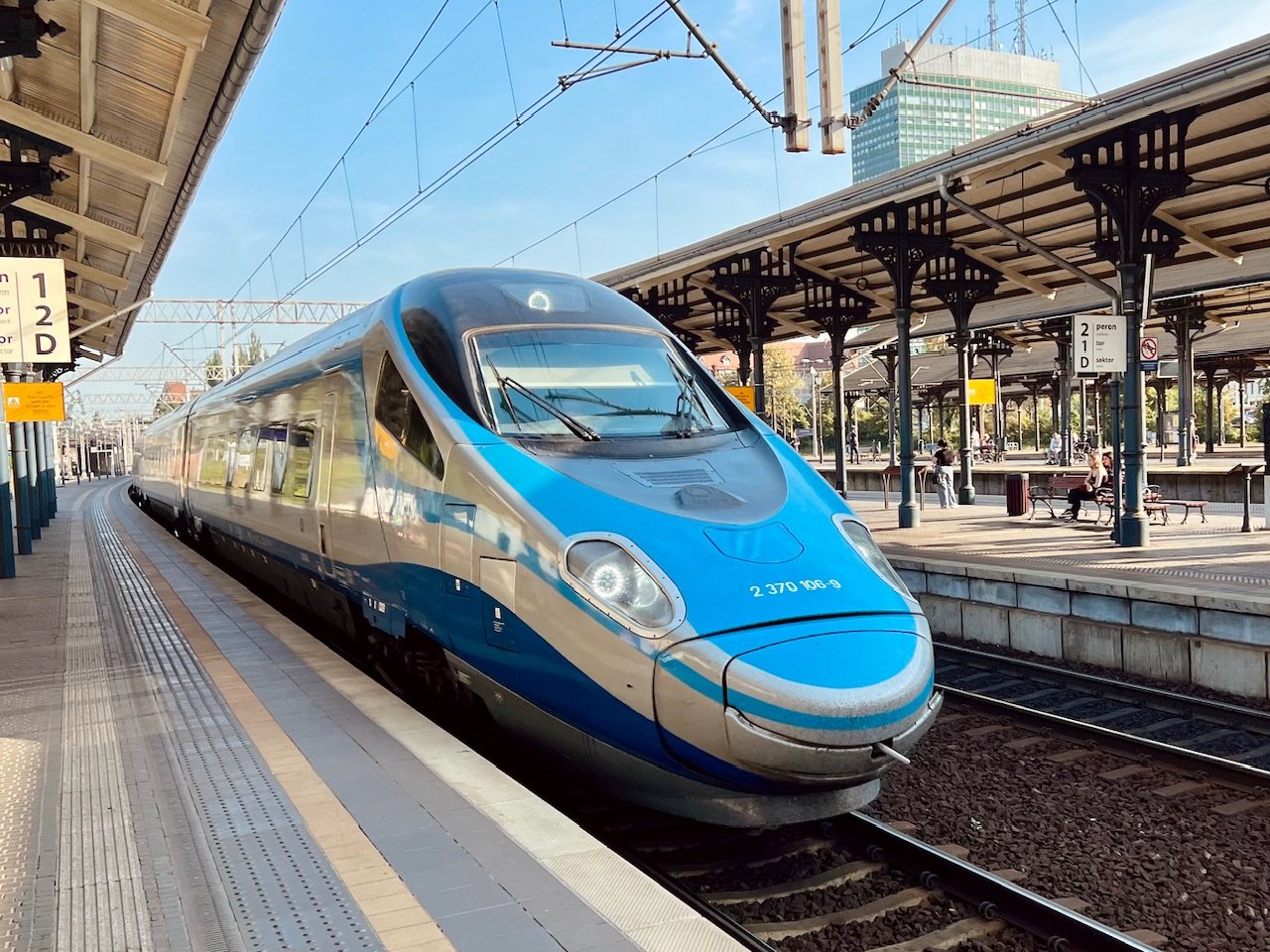
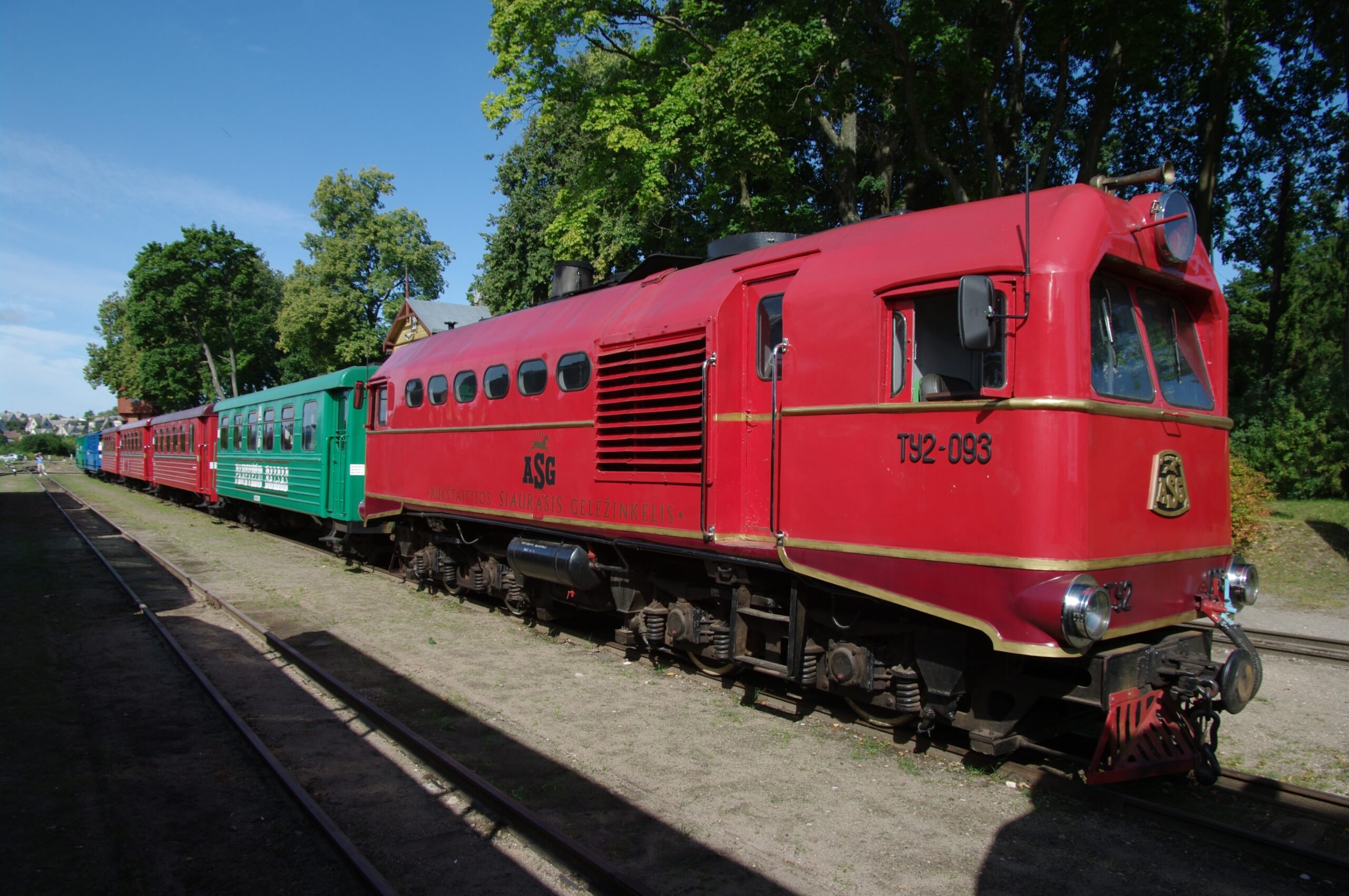
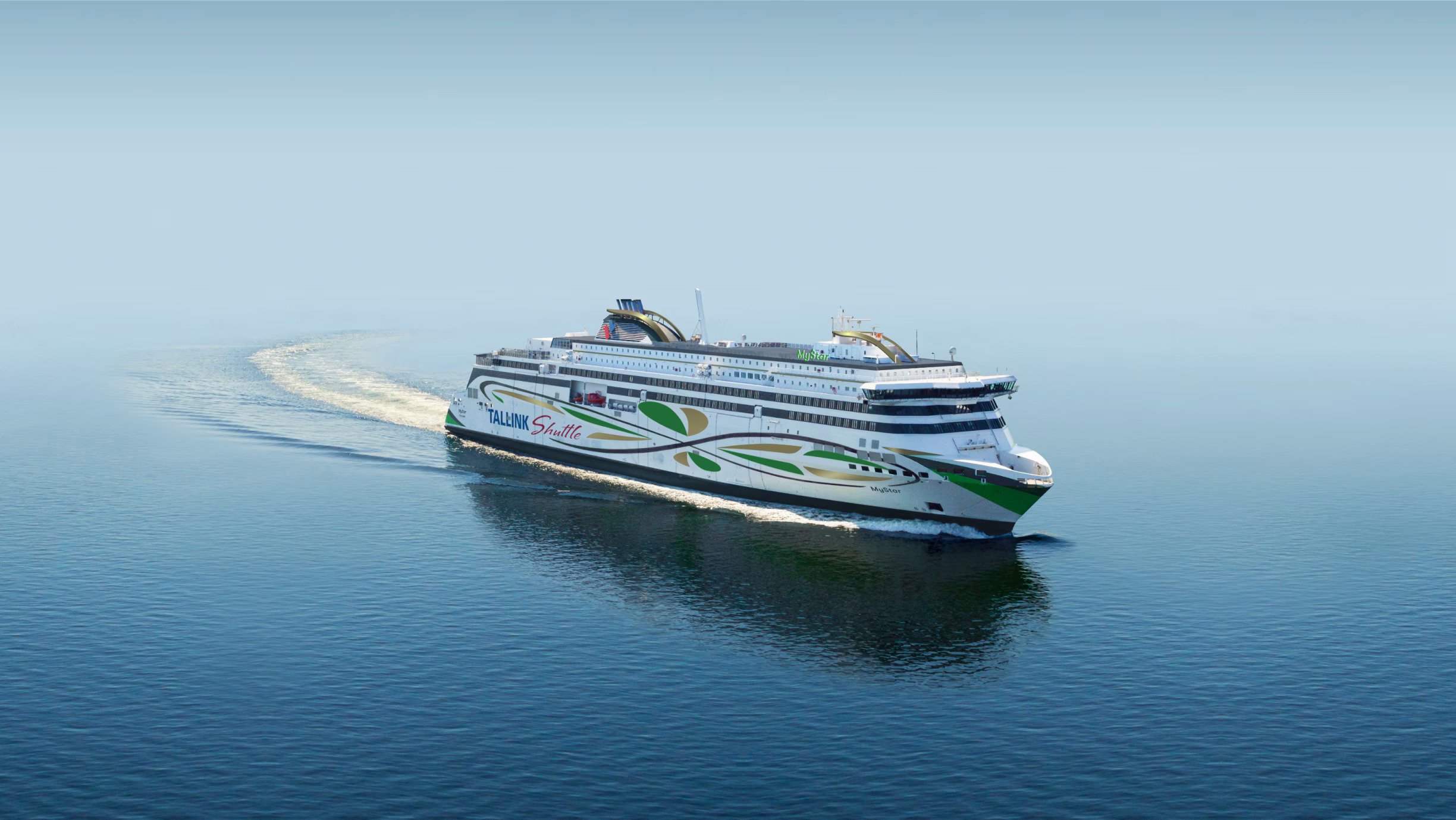
Hand-picked hotels and resorts based on location, customer feedback, value and atmosphere. Please Note: Hotels of a similar standard may be substituted.
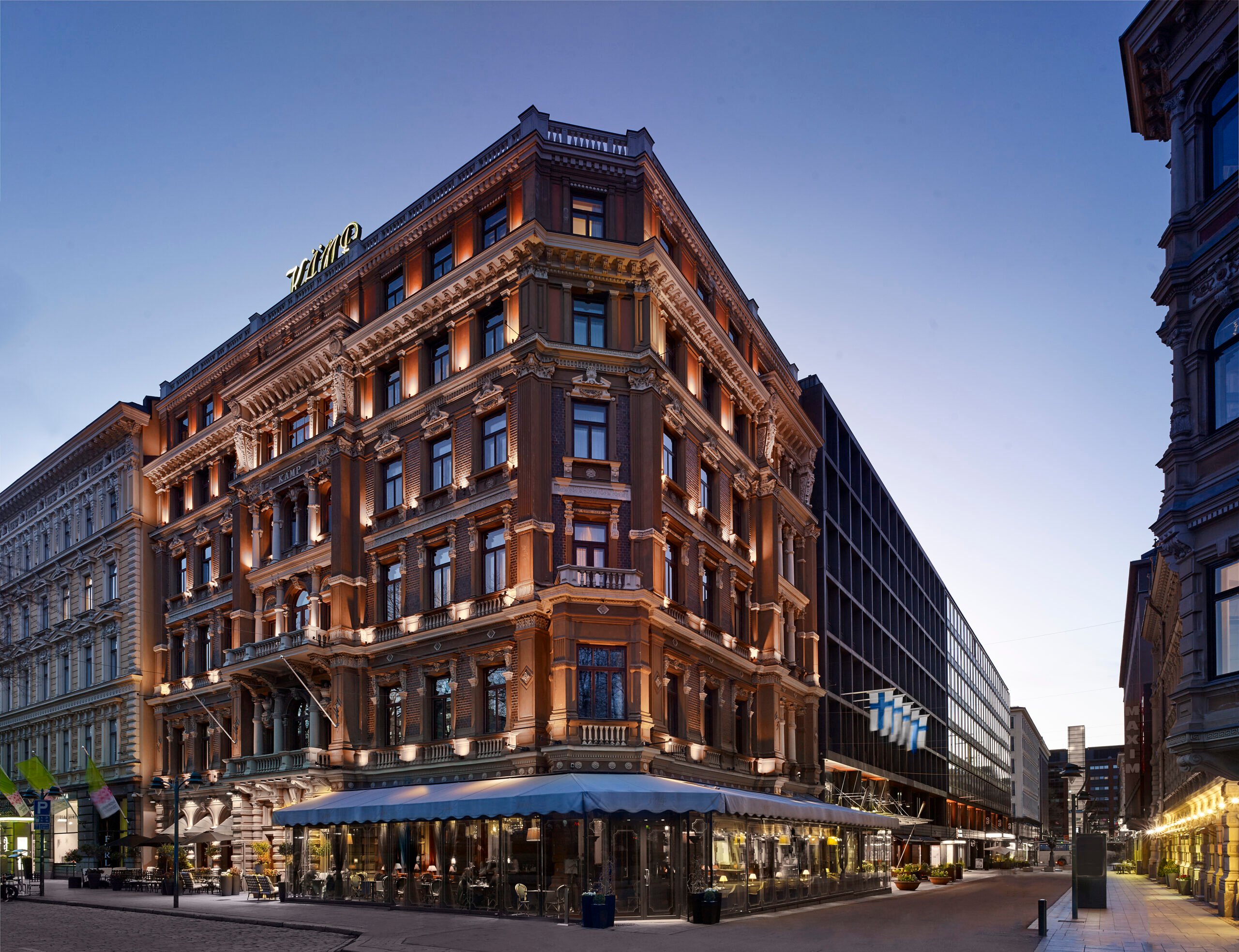
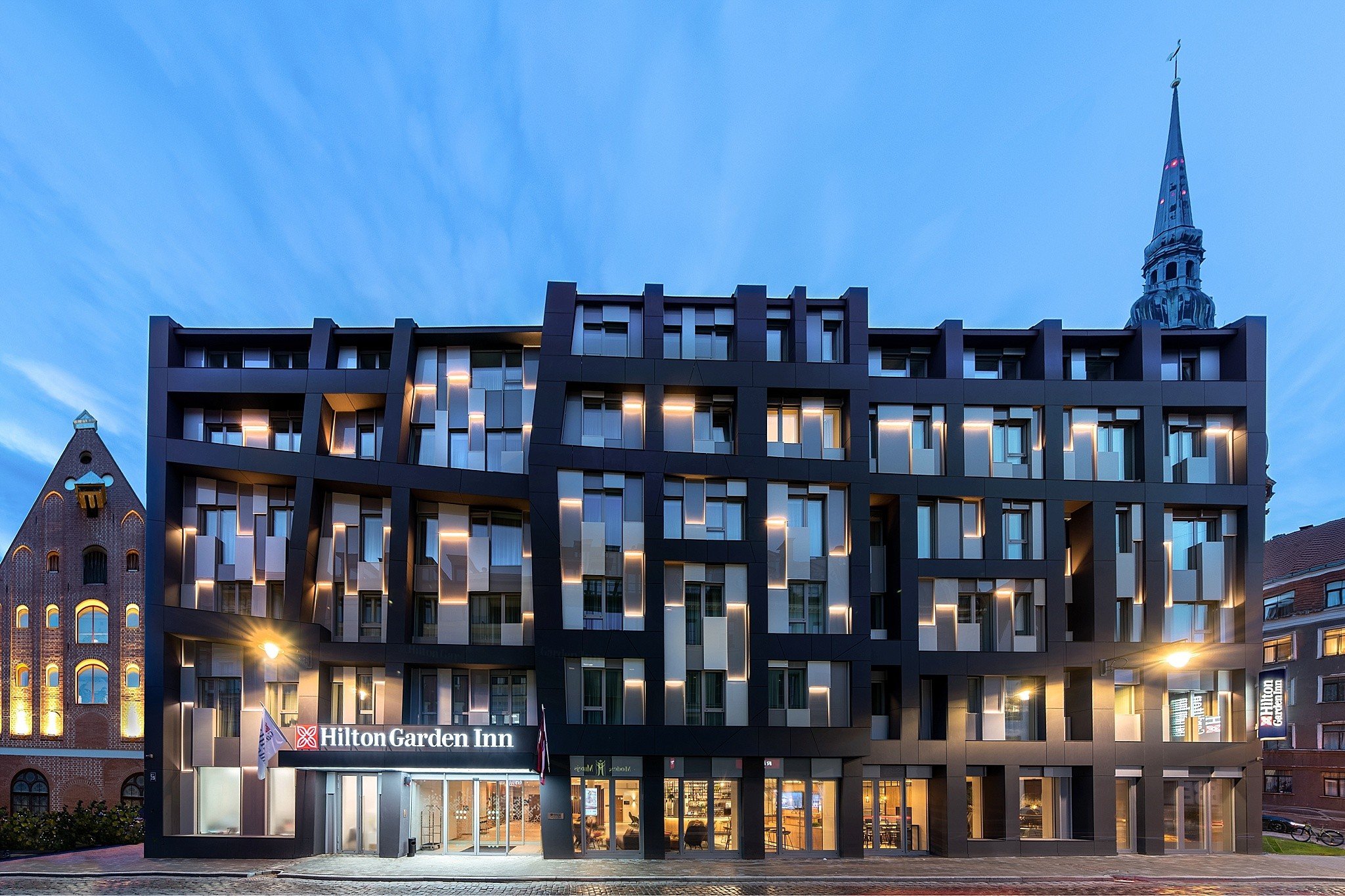
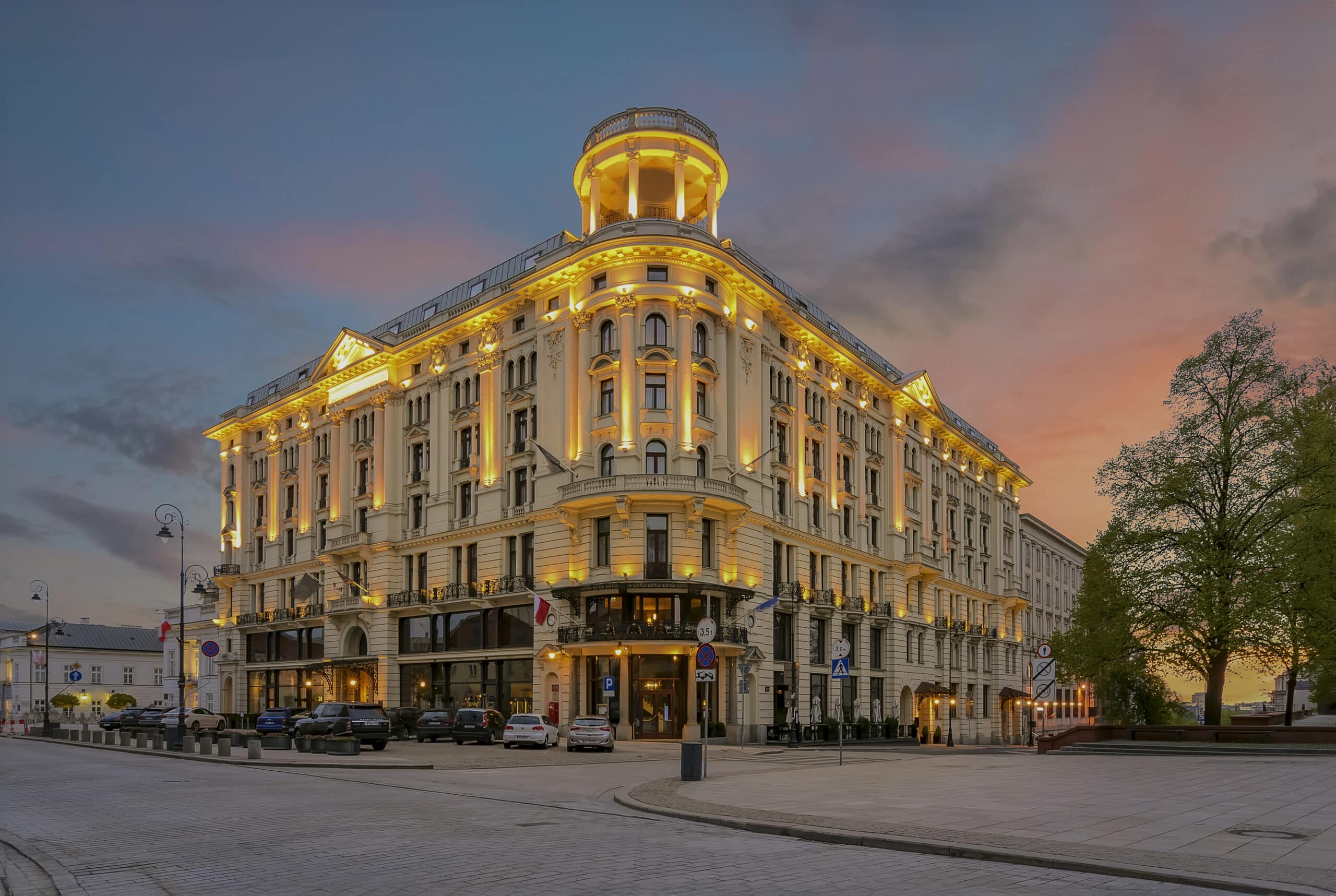
Hear from some of our adventurers that have already ridden the rails with us.
Lorem ipsum dolor sit amet consectetur. Tincidunt convallis magna eu ac eu cursus. In duis fusce risus nec eget habitant massa pharetra. Eros a gravida faucibus lorem.
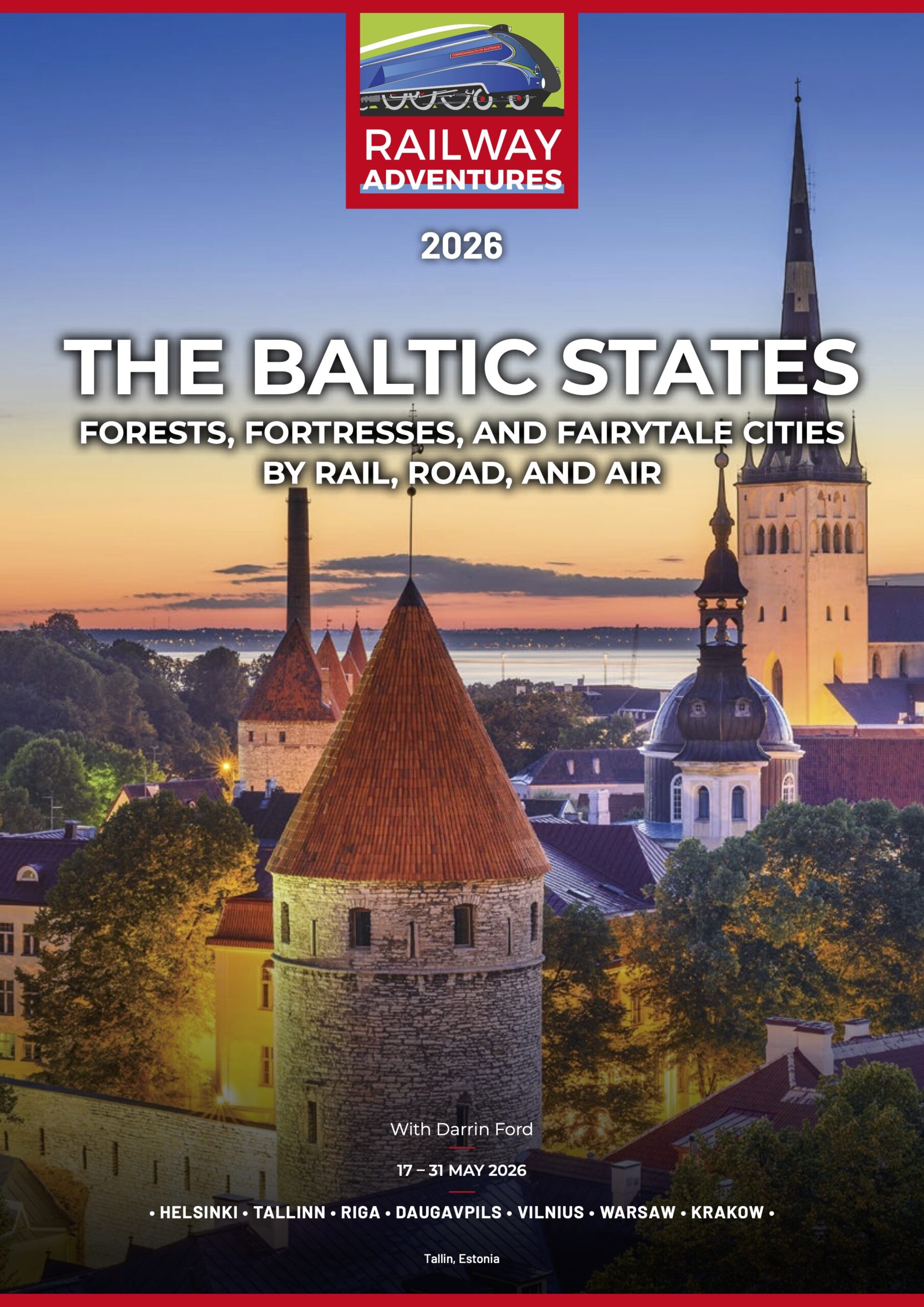
Reserve your place on this exciting exploration of The Baltic States.

Train traveller, well known TV personality and travel company owner, Scott McGregor, has travelled on some of the world’s most inspiring railway tours and led the most exclusive group adventures to numerous exotic destinations over the years.
“Rustic, character-filled, zig-zagging railways of Burma, opulent hotels on wheels in India South Africa and Sri Lanka, steam-hauled heritage trains in some of the most staggeringly scenic parts of the world, dinky little rail-cars in outback Queensland, bullet trains in Japan, cliff-hugging lines in Switzerland and Norway—if it travels on a rail track, I’m there!”, exclaims self-confessed train travel tragic, Scott McGregor. “In my mind, travelling by rail is still the most wonderful way to immerse yourself in the country you’re visiting. It’s romantic, relaxing and about as much fun as you can have!”.
Aa a child of the last days of steam trains in the busy junction town of Orange, NSW; trains heading in all directions offering temptations and dreams of faraway places, left an indelible impression on a young, inquisitive boy and Scott has been riding the rails in one form or another ever since. While Scott’s acting career of 30 years kept him busy starring in numerous TV shows and stage plays and then as an on-air presenter on programs such as Better Homes and Gardens, Room for Improvement and various pay-TV programs, his passion for railway tours was ever-present. “Presenting a series of Railway Adventure travel programs for Channel 7 was a career highlight”, he says with as much enthusiasm now as he had then.
In 2012 Scott decided to combine three of his passions; travel, trains and presenting, and launched Railway Adventures. Not only does he get to expand his own horizons and indulge his love of train travel, he gets to use his extensive hosting experience and love of people to lead other like-minded travellers on escorted train tours around the world. Since then, Railway Adventures has mounted more than 50 tours from Sweden to Sri Lanka, Tasmania to Transylvania, Britain to Burma and Venice to Vietnam, thrilling over 1,000 travellers. New tours are launched regularly, inspired by new trains, new routes and the growing interest in taking a train to some of the world’s most fascinating places. But you don’t have to be a train ‘nut’ to enjoy a Railway Adventures tour – there’s something for everyone!
Just one example of how Scott finds inspiration for a tour can be found in Outback Queensland. “There you find some of Australia’s most eccentric and appealing trains and together with a mail-plane flight over the Gulf and some interesting local coach and boat trips you have the essence of a quintessential Aussie outback adventure. The sleeper train, The Spirit of the Outback, the Savannahlander and the Gulflander (which has been running on the same timetable for more than 125 years!) are all iconic trains that traverse various parts of the wild Outback, Savannah and tropical rainforest landscapes of the vast state of Queensland. Along with some other special treats not available to the ordinary traveller, Railway Adventures passengers get to do it all!.
One of his favourite journey’s is by private train in Sri Lanka. For 2 weeks every year Scott charters the Viceroy Special heritage train to tour the island on a gentle rail cruise with a lucky group of travellers. Staying in luxury resorts and hotels along the way, his special train travels to almost every corner of the scenic island. “Having a private train at your disposal for an adventure around this magic island is a rare treat and a great way to immerse yourself in the scenery and culture of the country.”, he enthuses. “Our Vietnam tour makes use of private carriages attached to regular trains to explore that great country in comfort and in South Africa we use a variety of trains including the luxurious Rovos Rail and the Royal Livingstone steam train to move from one incredible adventure to another”.
Apart from the obvious joy of seeing a country by train, travelling in a small group of like-minded travellers with a dedicated, experienced tour leader and knowledgeable, English-speaking local guides is what really sets Railway Adventures apart. “The camaraderie that comes from both shared purpose and shared experiences on tour is an important aspect of the journey” Scott adds. “We’ve seen many people become life-long friends from the time they shared together along the line. The best feeling in the world is when I welcome these same people on repeat journeys”.
Along with popular destinations like Switzerland, Scandinavia, Outback Queensland and Sri Lanka, a new breed of more unusual destinations has gained great interest. Java, Cuba, Southern Africa, India and the New England region of NSW are just some of the newer adventures on offer. As for Scott’s next escape, it’s most likely some quality time at Ruwenzori Retreat, his own personal train on the Great Dividing Range near Mudgee, Central NSW. Built from a collection of vintage railway carriages it’s now a boutique tourist accommodation, comprising exclusive Orient Express style comfort for up to 13 guests. “When the travels are done, coming back to my own train in the beautiful Mudgee mountains is the most restorative and magical time for this committed rail romantic”, Scott says.